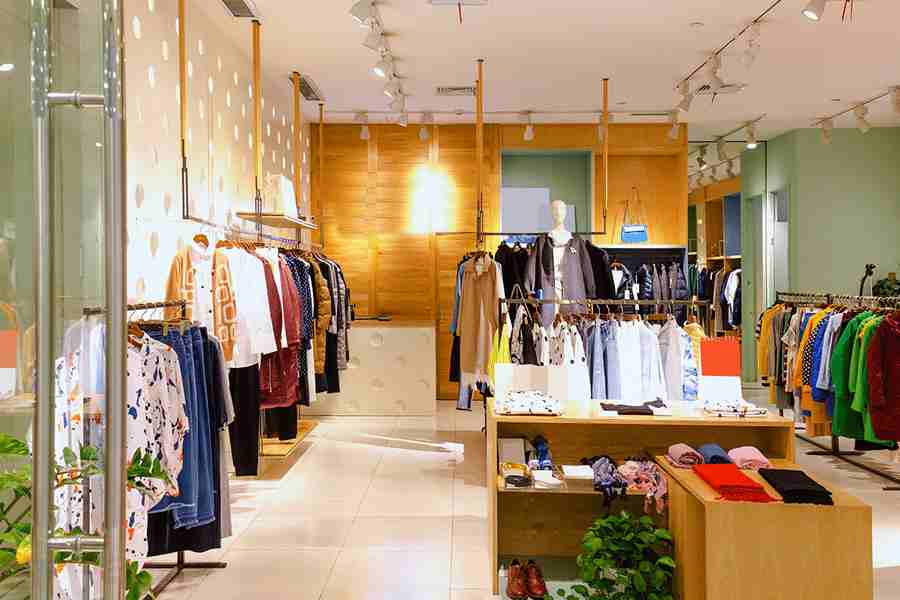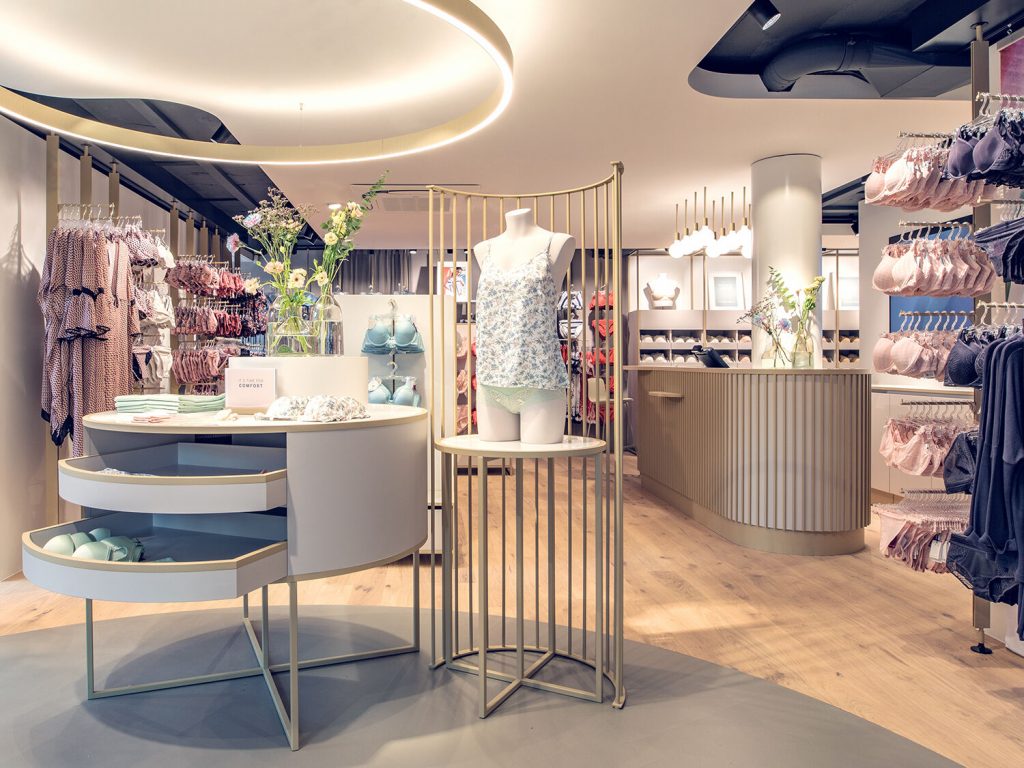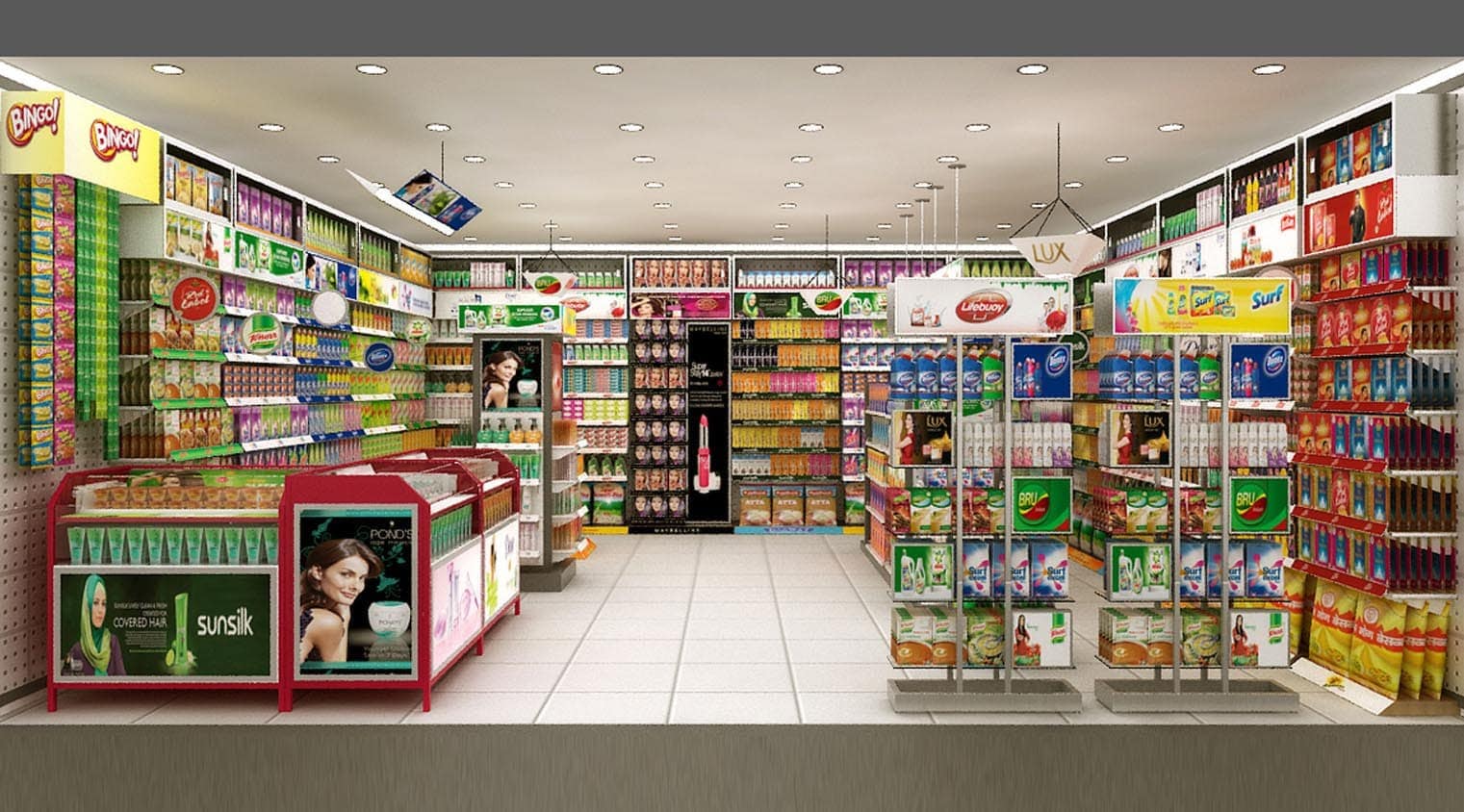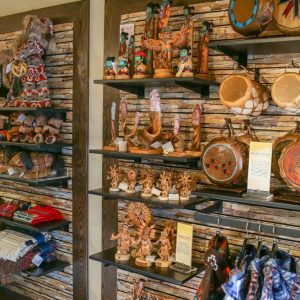When you are setting up a retail shop, there are many things you should consider. These factors include Appearance, Location, and Customer service. We will cover Merchandising in more detail, as well as a little bit about Customer service. If you have not yet set up your retail shop, you should take the time to do so before you open the doors to the public. Then, you will be well on your way to starting your retail business!
Location
Choosing the location for your retail shop depends on your product’s popularity and the number of customers who will visit it. Consider the population density in the area where you’re planning to open the shop, anticipated competition levels, product demand, and laws and regulations in your operation area. Alternative locations may compromise certain factors. You should perform an external audit of the market to determine the viability of the location you’re considering. The location should be convenient for your customers.

Customer service
Many consumers are reliant on social media to find the best products and services, and customer service in retail shops should be no exception. Customers will pay a premium for high-quality service, but it can also be expensive. Offering service to customers increases customer loyalty and referrals. In addition to providing the most helpful and informative service, retailers should ensure that employees are properly trained. A great customer service worker can go a long way in changing the behavior of a customer.
Merchandising
Merchandising in retail shops is a complex process of planning, determining quantities, pricing and display design, and creating marketing strategies to sell products. While retail sales are the most important part of merchandising, other aspects can also impact sales, such as establishing discounts and coupons. Merchandising is an important tool used by retailers to improve the customer experience and cultivate a brand image. The following information will help you understand the role of merchandising in retail shops and what it can do for your business.
Prestige pricing
Most people associate prestige pricing with luxury brands, but it can also be applied to small businesses. By using premium pricing, your retail shop can increase profits without hurting your bottom line. But before you try to implement this strategy in your retail shop, you need to understand the demographics of your target customers. Make sure you don’t jack up prices on customers who don’t typically spend that much. This way, you’ll get the maximum return from your marketing efforts.
Omnichannel

Omnichannel retail shops are those that leverage both online and offline channels to drive customer engagement. Depending on the business model, they may use one format or the other. While a mall-based retailer may generate most of its revenue online, an omnichannel shop will also utilize mobile channels to sell goods. Ultimately, the goal of an omnichannel retail shop is to increase revenue by providing a seamless experience for customers. But how do omnichannel retailers accomplish this?
Drive-thrus
Adding a drive-through to your business is a great way to attract new customers, but it’s also a huge challenge. Most consumers choose drive-throughs over in-store options because of convenience. However, many restaurants and retail shops limit the types of items that can be purchased through these lanes. For example, you can only sell food that you would normally have in your store, or you can limit the items that are available for pick-up.



